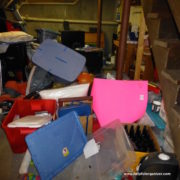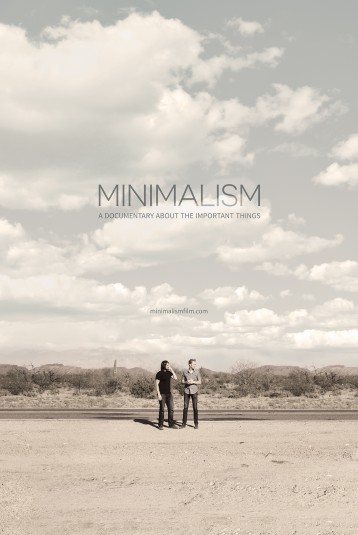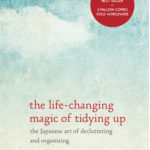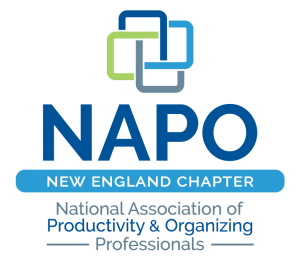A Paper Minimalist – Not
 In June 2016 my husband and I played the 30-Day Minimalism Game. We each got rid of 930 things. (See how we did it.) For me, one of the most challenging things was to get rid of paper. We agreed that it wouldn’t be fair to count one sheet of paper as one item. So, we counted 25 sheets of paper as one item. Guess how many sheets of paper I got rid of?
In June 2016 my husband and I played the 30-Day Minimalism Game. We each got rid of 930 things. (See how we did it.) For me, one of the most challenging things was to get rid of paper. We agreed that it wouldn’t be fair to count one sheet of paper as one item. So, we counted 25 sheets of paper as one item. Guess how many sheets of paper I got rid of?
I got rid of 1300 sheets of paper! (In addition to other things!) Shocking. Right? Where did it all come from? I’m an Organizer. I shouldn’t have this much paper. This was important paper that held important knowledge. Wasn’t it?
No, not most of it. Are you wondering how I got rid of all that paper? I did it with a 4 step plan.
Step one of my plan was to carve out some time to get rid of paper. I know from working with my clients that paper always takes the most time to organize. That’s why I dedicated 10 hours to get rid of paper. I gave myself at least one hour a night to work. I picked my starting point, my business files, all my business building suggestions, conference notes, marketing tips, networking strategies, business cards, and organizing statistics. Then got to work.
Step two was to get rid of all my easy-to-toss papers. Papers in this category were the duplicate business cards, the outdated business cards, the multiple copies of business cards, the outdated information, and the information in which I was no longer interested. These papers were easy-to-toss, because letting them go didn’t require a lot of thought or effort. Once all the easy-to-toss papers were out of the way, I could look at the rest.
Step three was to decide what to keep from the papers that remained. This paper held information that was, at one time, important to me. But was it still important? How could I decide? What questions would help me? How could I make myself answer honestly. Would guidelines help? This is what I came up with:
- On a scale of 1-10 how important is this information to me, now? Anything below a 7 goes.
- Could this information be found more quickly and easily on the internet? If yes, let it go.
- On a scale of 1-10 how usable is this information now? Anything below a 7 goes.
- How soon will I act upon this information? Action must be taken in the next 3 months, or it goes.
- Am I holding this information to pass along to someone else? Pass along in 1 week, or it goes
These questions were very helpful. I was able to let go of a lot of paper that I had previously kept. However, there was still more to do. I wanted to get rid of more paper. It was necessary to carve out more time. Another deadline was in order.
Step four is reading through the remaining papers. It’s still happening. I’m taking two hours each week to read and decide. Some I have kept. Others I have tossed. The questions and guidelines in step three help me. It’s an ongoing process, but organizing always is.
©July 2016 Janine Cavanaugh, Certified Professional Organizer® All rights reserved


















Follow Me